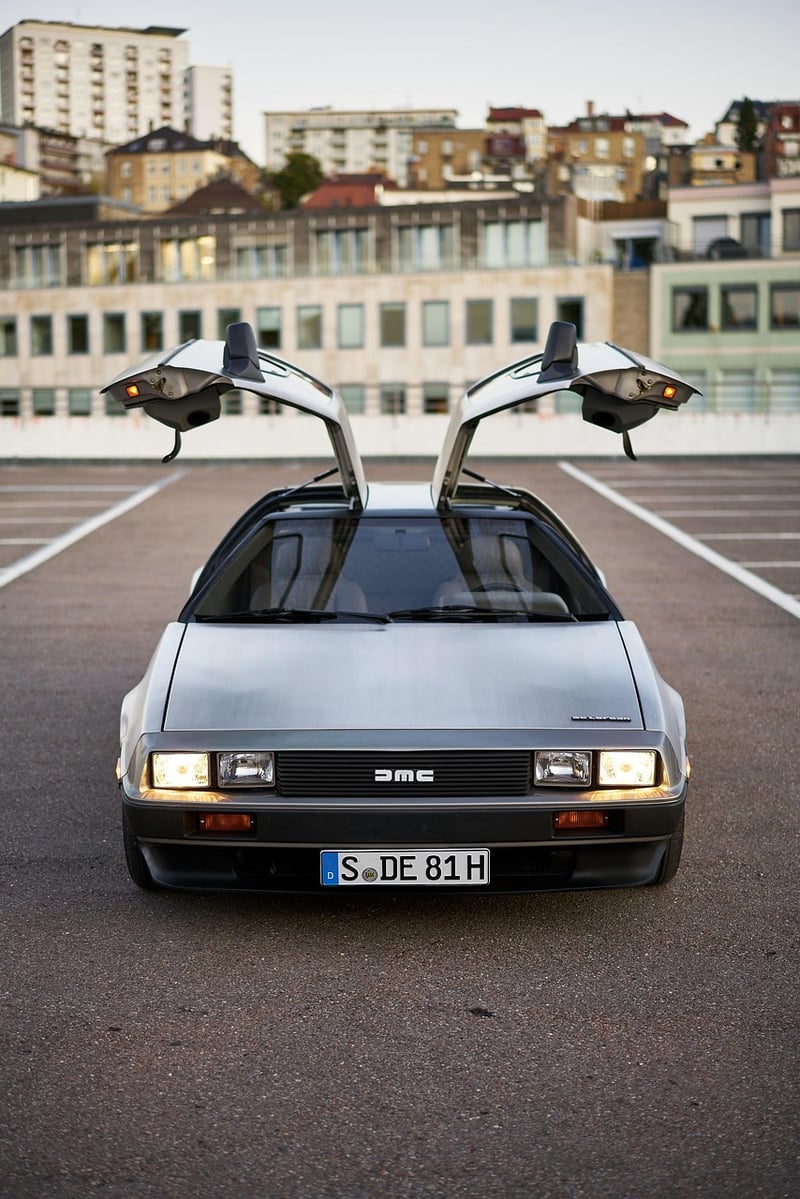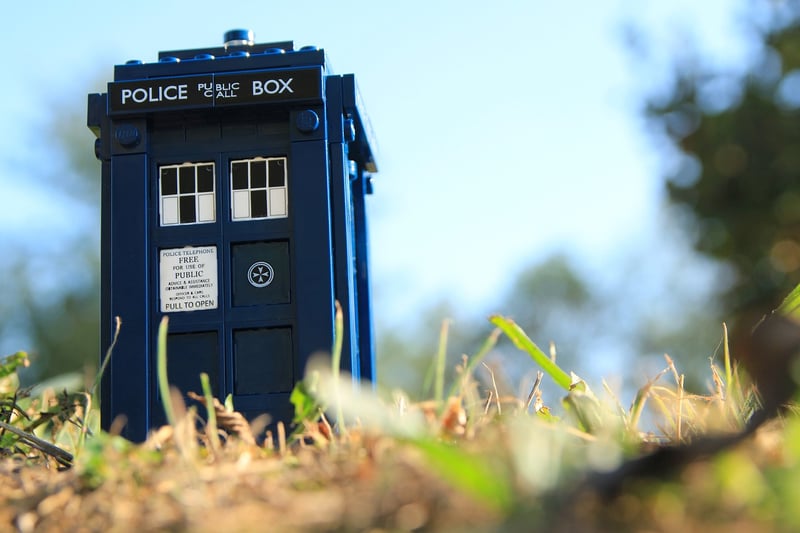Time-Travel Tools
Theories and Mechanisms of Time Travel
Time travel has been a fascinating concept in science fiction for decades, but what are the theories and mechanisms behind it? Let's explore some of the most popular ideas.
Einstein's Theory of Relativity
One of the most well-known theories related to time travel is Albert Einstein's Theory of Relativity. According to this theory, time is relative, and space and time are interconnected in what is known as spacetime. The theory suggests that as an object's speed approaches the speed of light, time slows down relative to that object.
Wormholes and Black Holes
Another popular theory involves the concept of wormholes and black holes. Wormholes are hypothetical passages through spacetime that could create shortcuts for long journeys across the universe or even through time. Black holes, on the other hand, have such strong gravitational forces that they can warp spacetime around them.
Grandfather Paradox
One of the most famous paradoxes associated with time travel is the Grandfather Paradox. It suggests that if a time traveler were to go back in time and prevent their grandfather from meeting their grandmother, their own existence would be impossible. This paradox raises questions about the implications of changing the past.
Tools for Time Travel
DeLorean Time Machine
Featured in the iconic "Back to the Future" movie series, the DeLorean Time Machine is a fictional vehicle capable of time travel. With its flux capacitor powered by plutonium, this car can travel through time when it reaches 88 miles per hour.

TARDIS
From the long-running TV series "Doctor Who," the TARDIS is a time machine that resembles a British police box on the outside but is much larger on the inside. It can travel to any point in time and space and is piloted by the Doctor.

While time travel remains a concept of science fiction, exploring the theories and mechanisms behind it can be a fascinating journey through the possibilities of the universe.
